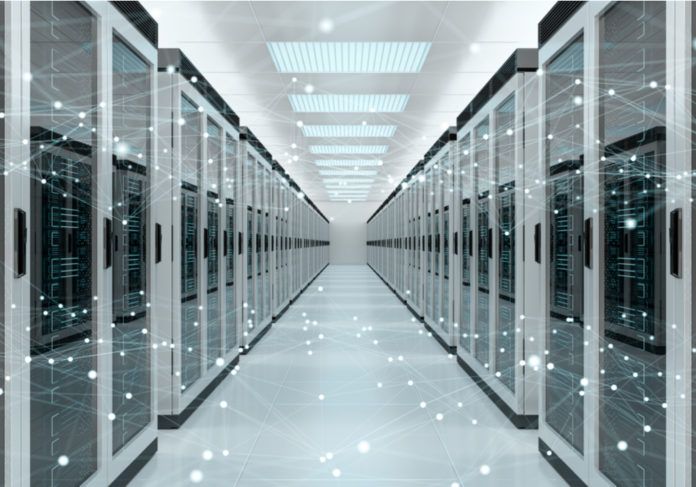
Data centers play a crucial role in global internet connectivity by housing the infrastructure needed to store, process, and distribute data. They are central to the functioning of the internet, supporting a wide range of services from web hosting to cloud computing. Below is an overview of their role and structure:
Role of Data Centers in Global Internet Connectivity
- Data Storage and Management:
- Data centers store massive amounts of data for various applications, including websites, social media platforms, and enterprise applications.
- They ensure data is readily accessible and can be retrieved quickly upon request.
- Data Processing:
- Data centers perform computational tasks, ranging from simple database queries to complex data analytics and artificial intelligence workloads.
- They provide the computational power required by businesses to run their operations efficiently.
- Content Delivery:
- Content Delivery Networks (CDNs) use data centers to cache content closer to users, reducing latency and improving load times for websites and streaming services.
- This is crucial for providing a smooth user experience, especially for high-demand content like videos and online games.
- Cloud Services:
- Major cloud service providers (e.g., Amazon Web Services, Microsoft Azure, Google Cloud) operate extensive data centers to offer a variety of cloud-based services.
- These services include virtual machines, storage, databases, and more, enabling businesses to scale their operations without investing in physical hardware.
- Redundancy and Reliability:
- Data centers provide redundancy through multiple power supplies, backup generators, and redundant network connections, ensuring high availability and reliability.
- They implement disaster recovery solutions to protect data against loss or corruption.
- Internet Exchange Points (IXPs):
- Data centers often house IXPs, where different internet service providers (ISPs) and networks interconnect.
- IXPs improve the efficiency of data transfer across the internet, reducing the distance data needs to travel and lowering latency.
Structure of Data Centers
- Physical Infrastructure:
- Building: Data centers are housed in specially designed buildings that provide physical security, climate control, and power.
- Racks and Servers: Inside the data center, racks hold servers, storage devices, and networking equipment.
- Cooling Systems: Efficient cooling systems are essential to maintain optimal operating temperatures and prevent overheating of equipment.
- Networking Components:
- Routers and Switches: These devices manage data traffic within the data center and between the data center and the internet.
- Firewalls and Security Devices: Ensure the security of data and network infrastructure by preventing unauthorized access and protecting against cyber threats.
- Power Supply:
- Uninterruptible Power Supplies (UPS): Provide backup power in case of outages.
- Generators: Ensure continuous power supply during prolonged power failures.
- Power Distribution Units (PDUs): Distribute electrical power to various components within the data center.
- Storage Systems:
- Hard Disk Drives (HDDs) and Solid-State Drives (SSDs): Store data used by servers and applications.
- Storage Area Networks (SANs) and Network Attached Storage (NAS): Provide high-speed access to stored data.
- Security Measures:
- Physical Security: Includes surveillance cameras, biometric access controls, and security personnel.
- Cybersecurity: Encompasses firewalls, intrusion detection systems, and encryption to protect data integrity and confidentiality.
- Monitoring and Management Tools:
- Data centers use sophisticated software to monitor the health and performance of their infrastructure.
- These tools provide real-time insights into power usage, temperature, network traffic, and server performance.
